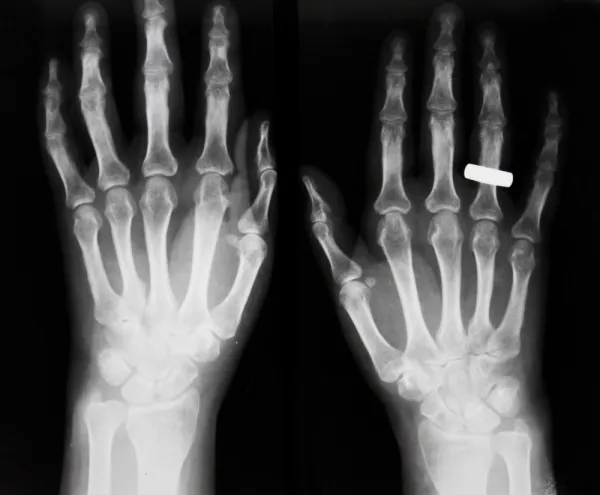Do This to Keep Risk Calculations on the Level

Question: I’m trying to determine the level of risk in the following encounter: a patient received an acute sprain of the back and another of the neck in a car accident. Our provider ordered ice and massage therapy and wrote scripts for naproxen and methocarbamol. Would this below level, based on the low level of the presenting problems and the management options for the ice and therapy, or would the prescriptions take the level up to moderate? New Mexico Subscriber Answer: Calculating the level of risk in this scenario is somewhat subjective, but according to the Centers for Medicare and Medicaid Services (CMS) Evaluation and Management Services Guide (www.cms.gov/Outreach-and-Education/Medicare-Learning-Network-MLN/MLNProducts/Downloads/eval-mgmt-serv-guide-ICN006764.pdf), “the highest level of risk in any one category (presenting problem(s), diagnostic procedure(s), or management options) determines the overall risk.” The presenting problems (the two sprains) fit the category of “two or more minor or self-limited problems” per the table of risk in the above CMS guide, and so would be regarded as a low-level risk. The order for massage therapy and the naproxen prescription would also be regarded as low risk, especially as the naproxen is an over-the-counter nonsteroidal anti-inflammatory drug (NSAID), and over-the-counter drugs are regarded as low-level management option risks per the table of risk. However, based on the fact that the table lists prescription drug management in the moderate risk level category for management options, the order for the muscle relaxant methocarbamol would fit the category of a moderate-level management option. This level would be the highest level of all the risk categories, so, per the CMS guidelines, this would make the overall risk level moderate as well. Even so, the CMS guide goes on to note that “because determination of risk is complex and not readily quantifiable, the table includes common clinical examples rather than absolute measures of risk.” In other words, even CMS admits there is a gray area when it comes to calculating the risk levels, and ultimately you will have to consult with your payer and understand how they make their determination before assigning a risk level here.




